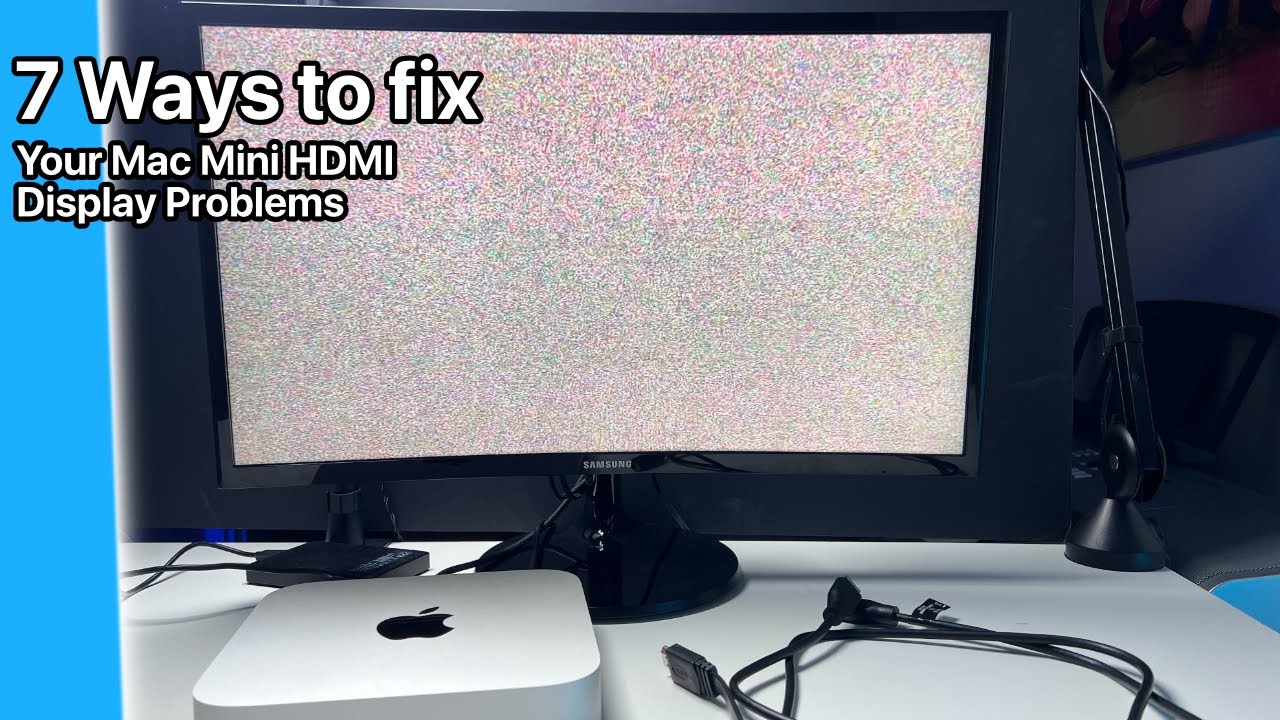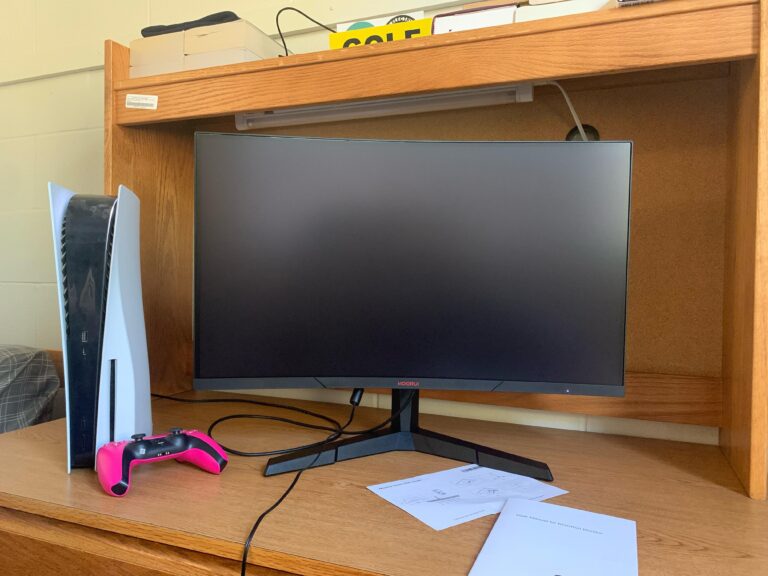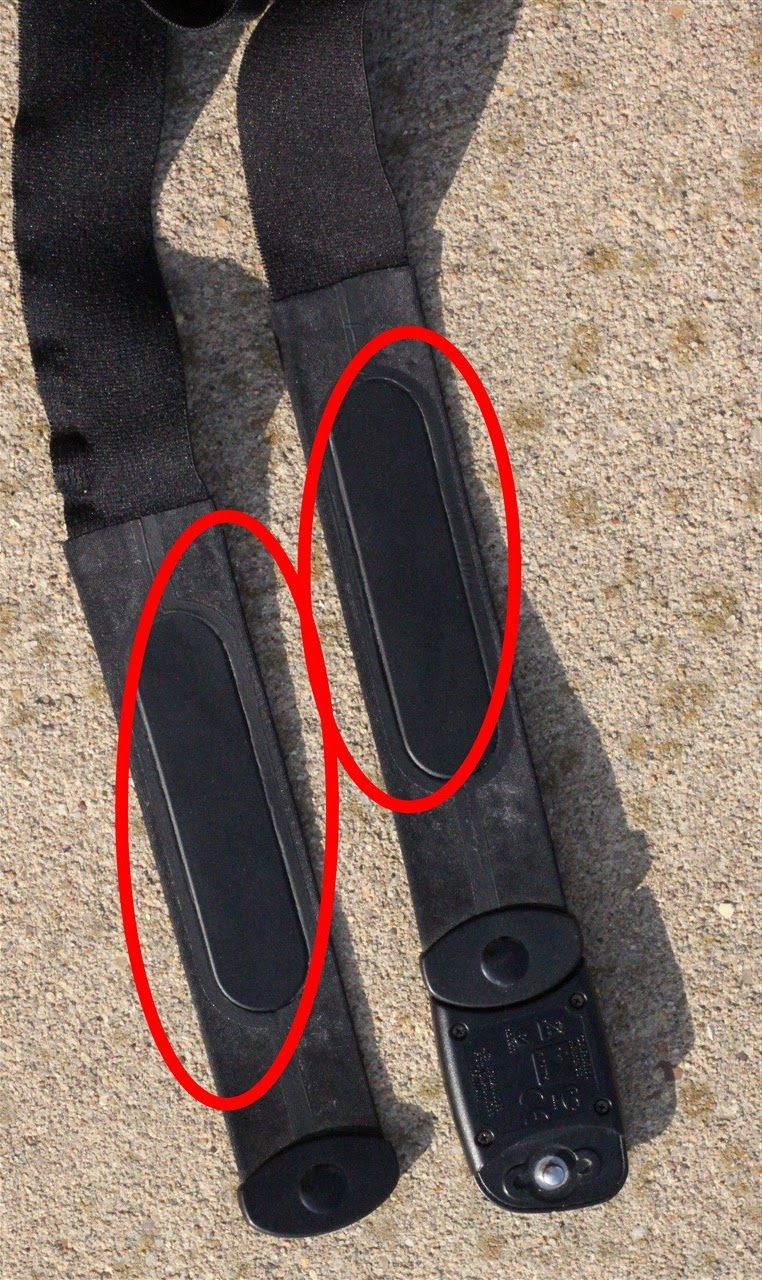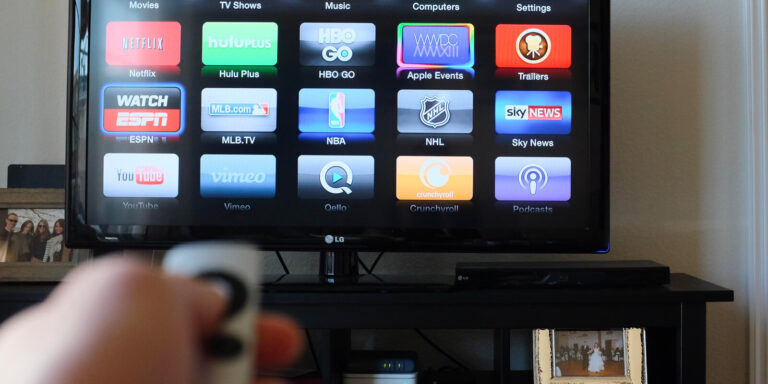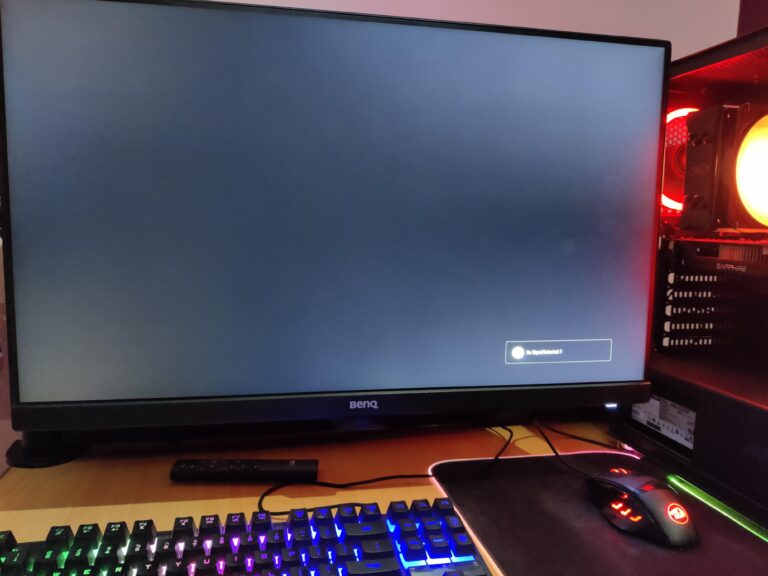HDMI Not Working on Monitor? Troubleshoot and Fix Now!
To troubleshoot HDMI not working on your monitor, check the cable connections and ensure the correct input source is selected on the monitor. Having trouble with your HDMI connection on your monitor?
It can be frustrating when your monitor doesn’t display any signal from your HDMI source. Fortunately, there are simple steps you can take to address this issue. We will walk you through potential solutions to get your HDMI working properly on your monitor.
Whether you’re using a PC, gaming console, or any HDMI-enabled device, we’ve got you covered. By following these troubleshooting steps, you’ll be back to enjoying high-definition visuals in no time. So, let’s dive in and resolve the HDMI connectivity problem on your monitor.
Hdmi Not Working On Monitor? Troubleshoot And Fix Now!
Welcome to this troubleshooting guide for HDMI connection issues. If you’re experiencing HDMI not working on your monitor, you’ve come to the right place. In this blog post, we’ll provide you with a step-by-step approach to finding and fixing the problem, so you can get back to enjoying the high-quality video and audio that HDMI offers. Let’s dive in!
Introduction To Common Hdmi Connection Issues
HDMI is a widely used technology for connecting various devices, such as computers, gaming consoles, and Blu-ray players, to monitors and TVs. However, like any other technology, it’s not immune to problems. Here are some common HDMI connection issues you may encounter:
- No signal: When you connect your devices, but the monitor displays a “No signal” message.
- Black screen: You may have a connection, but the screen remains black.
- Resolution issues: The monitor doesn’t display the correct resolution, resulting in a blurry or stretched image.
- No audio: Even though the video signal is working, there is no sound.
These issues can be frustrating, but don’t worry! We’ve got you covered with practical troubleshooting steps to get your HDMI connection back up and running.
Quick Self-assessment Checklist For Hdmi Problems
Before diving into the troubleshooting steps, it’s essential to perform a quick self-assessment. This checklist will help you identify potential causes and narrow down the issue. Follow these steps:
- Check the connection: Ensure that all HDMI cables are securely connected to both the monitor and the device.
- Swap cables: Try using different HDMI cables to rule out any cable-related problems.
- Test on another device: Connect the monitor to another device using the same HDMI cable to see if the issue persists. This will help determine whether the problem lies with the monitor or the original device.
- Try another HDMI port: If the monitor has multiple HDMI ports, switch to a different port to see if the problem is specific to one port.
- Check for firmware updates: Visit the manufacturer’s website for both the monitor and the device to ensure you have the latest firmware installed. Updates can often resolve compatibility issues.
- Inspect for physical damage: Check the HDMI ports on both the monitor and the device for any signs of physical damage, such as bent or broken pins.
Once you’ve gone through this self-assessment checklist, you’ll have a better idea of where the problem might lie. Now, let’s move on to the troubleshooting steps to resolve the HDMI not working issue.
Identify The Culprit
When it comes to troubleshooting HDMI issues with your monitor, identifying the culprit is crucial. This will help you pinpoint the exact cause of the problem and find the appropriate solution. In this section, we will discuss various components related to HDMI connectivity and how to examine them.
One of the common culprits behind HDMI not working on your monitor is a faulty or damaged cable. To determine if the cable is the culprit, you need to perform a few checks:
- Wear and tear: Inspect the HDMI cable for any visible signs of wear and tear. Look for frayed ends, bent pins, or loose connections. These can cause intermittent or complete loss of signal.
- Cable type: Ensure that you are using the correct HDMI cable for your setup. Different versions of HDMI (such as HDMI 1.4, HDMI 2.0, or HDMI 2.1) support varying resolutions and features. Using an incompatible cable may result in a lack of signal or limited functionality.
In addition to inspecting the cable, it’s also important to examine the ports on both your monitor and the connected device.
Both your monitor and the device you are connecting to it (such as a computer or gaming console) have HDMI ports that need thorough inspection:
| Monitor Ports | Device Ports |
|---|---|
| Check if the HDMI port on your monitor is clean and free from dust or debris. Sometimes, accumulated dirt can disrupt the connection. | Inspect the HDMI port on your device for any visible damage or obstructions. Ensure that it is firmly connected to the cable. |
| Ensure that the HDMI port on your monitor is functioning correctly. If you have multiple HDMI ports, try using a different one to see if the issue persists. | Similarly, if your device has multiple HDMI ports, try connecting the cable to a different port to rule out any port-specific problems. |
By examining each of these HDMI components – cables, monitor ports, and device ports – you can easily identify the culprit causing the HDMI not working issue on your monitor. Once you determine the specific problem, you can move on to finding a suitable solution.
Expert Troubleshooting Steps
When it comes to troubleshooting HDMI issues on your monitor, following expert troubleshooting steps can help you quickly identify and resolve the problem. Whether you’re facing a blank screen, no audio, or a distorted display, these troubleshooting steps can help you get your HDMI connection up and running smoothly.
Power Cycle Method
If your HDMI connection is not working, the first step is to perform a power cycle on your devices. Power cycling involves turning off and unplugging your monitor, as well as any connected devices such as a computer or gaming console. Leave them unplugged for about 30 seconds to fully discharge any residual power. Then, plug everything back in and power them on again. This simple yet effective method can often resolve HDMI connectivity issues.
Adjusting Display Settings
Another troubleshooting step is to check and adjust the display settings on your computer or other HDMI source device. Sometimes, the output settings may be misconfigured, leading to an incompatible signal that your monitor cannot process. Access the display settings on your device and ensure that the resolution and refresh rate are set to values supported by your monitor. Additionally, you can try selecting the ‘Extend’ or ‘Duplicate’ display mode to see if it resolves the issue.
Updating Or Reinstalling Drivers
Outdated or faulty drivers can often cause HDMI connectivity problems. To address this, it’s important to ensure that you have the latest drivers installed for your graphics card or HDMI controller. Visit the manufacturer’s website or use a reliable driver update software to download and install the appropriate drivers. If you’re already using the latest drivers, you can also try reinstalling them to eliminate any potential driver conflicts.
Importance Of Correct Input Source Selection
One common oversight that can lead to HDMI not working is incorrect input source selection on your monitor. Many monitors have multiple input ports, such as HDMI, VGA, or DisplayPort. Ensure that you have selected the correct input source that corresponds to the HDMI port connected to your device. Using the monitor’s menu or dedicated input source button, cycle through the available options until you find the one labeled ‘HDMI’ or the specific HDMI port number you are using.
Credit: www.reddit.com
Advanced Fixes For Persistent Issues
Discover advanced solutions to troubleshoot persistent HDMI issues on your monitor. Uncover effective fixes to get your HDMI working flawlessly again.
Advanced Fixes for Persistent Issues Having trouble getting your HDMI to work on your monitor? Don’t worry, we’ve got you covered. In this section, we will explore some advanced fixes that can help resolve persistent issues with HDMI connectivity. From examining hardware conflicts to performing firmware updates and factory resets, we will delve into the nitty-gritty of troubleshooting. Additionally, we will also explore alternative connection methods that can serve as temporary solutions. So, let’s dive in and get your HDMI up and running smoothly.Deep Dive Into Hardware Conflicts
Sometimes, HDMI connectivity issues can be caused by hardware conflicts. This means that certain devices connected to your monitor might be interfering with the HDMI signal. To troubleshoot this problem, it is important to identify and resolve any conflicts. Here are a few steps you can take: 1. Disconnect all other devices connected to your monitor, such as speakers, USB devices, or other cables. 2. Connect only the HDMI cable to your monitor and see if the issue persists. 3. If the HDMI signal works fine without any other devices connected, slowly reconnect each device one by one to identify the conflicting device. 4. Once you have identified the conflicting device, try using a different HDMI port or consider using an alternative connection method for that specific device.Firmware Updates And Factory Resets
Firmware updates and factory resets can often resolve persistent HDMI connectivity issues. Outdated firmware or settings conflicts might be causing the problem. Here’s what you can do: 1. Check if there are any firmware updates available for your monitor. Visit the manufacturer’s website and look for the latest firmware version specific to your model. 2. Download the firmware update and follow the instructions provided by the manufacturer to install it. 3. After the firmware update, perform a factory reset on your monitor to ensure that any conflicting settings are reset to their default values. 4. Try connecting your HDMI cable again and see if the issue persists. In most cases, this should resolve the problem.Alternative Connection Methods As Temporary Solutions
If all else fails, you can try using alternative connection methods as temporary solutions. While HDMI is widely used and provides high-quality audio and video, there are other options you can explore. Here are a few alternatives: 1. DisplayPort: If your monitor and graphics card have DisplayPort capabilities, you can use a DisplayPort cable as an alternative to HDMI. DisplayPort provides similar performance and compatibility. 2. DVI: Digital Visual Interface (DVI) is another option for connecting your monitor. DVI cables support high-definition video signals and are widely compatible. 3. VGA: Although VGA is an older technology, it can still be used as a temporary solution. VGA cables are widely available and are compatible with most monitors and graphics cards. Remember, these alternative connection methods are temporary solutions. It is always recommended to troubleshoot and fix the HDMI connectivity issue for a long-term solution. So, there you have it – some advanced fixes for persistent HDMI issues. By deep-diving into hardware conflicts, performing firmware updates and factory resets, and exploring alternative connection methods, you can increase the chances of resolving your HDMI problems. Try these troubleshooting steps to get your HDMI working smoothly on your monitor again.Proactive Maintenance Tips
The key to avoiding HDMI troubles and ensuring a smooth and seamless experience with your monitor lies in proactive maintenance. By following a few simple tips, you can save yourself the frustration of dealing with HDMI issues. Here are some proactive maintenance tips that will help you keep your HDMI connection problem-free:
Regular Maintenance For Avoiding Hdmi Troubles
Regular maintenance is crucial when it comes to avoiding HDMI troubles. A few simple steps can go a long way in keeping your HDMI connection in optimal condition. Here are some regular maintenance tips for preventing HDMI issues:
- Clean the HDMI ports: Over time, dust and debris can accumulate in the HDMI ports of your monitor and devices, leading to poor connections. Use a clean, dry cloth or compressed air to gently remove any dirt or debris.
- Ensure proper cable management: Properly organizing and securing your HDMI cables can prevent unnecessary strain on the connectors, reducing the risk of loose or damaged connections.
- Avoid bending or twisting cables: HDMI cables are delicate and can easily become damaged if bent or twisted. Always handle the cables with care and avoid applying excessive force.
- Regularly check for updates: Keep an eye on software updates for your monitor and devices. Manufacturers often release updates that address compatibility issues and fix bugs related to HDMI connections.
Advice On Choosing Quality Cables And Accessories
Choosing quality cables and accessories is essential for maintaining a reliable HDMI connection. Inferior cables or accessories can cause signal degradation and result in poor image quality or no display at all. Consider the following tips when selecting HDMI cables and accessories:
- Invest in certified HDMI cables: Look for cables that are HDMI-certified, as they undergo rigorous testing to ensure proper signal transmission.
- Check the cable length: Longer cables may experience signal loss, so choose the appropriate cable length for your setup.
- Avoid cheap adapters and converters: Low-quality adapters and converters can introduce signal disruptions and reduce the overall quality of your HDMI connection. Opt for reputable brands and read reviews before making a purchase.
- Consider HDMI 2.0 or higher: If you have a 4K monitor or plan to upgrade in the future, ensure your cables and devices support HDMI 2.0 or higher for optimal performance.
Importance Of Keeping Software Up To Date
Keeping your software up to date is often overlooked but is crucial for maintaining a stable HDMI connection. Manufacturers regularly release software updates that address compatibility issues, improve performance, and fix bugs related to HDMI connections. Follow these tips to ensure your software is up to date:
- Check for updates regularly: Periodically check for updates for your monitor, graphics card, and other connected devices. Most manufacturers provide software updates through their official websites or dedicated software.
- Enable automatic updates: Whenever possible, enable automatic updates for your operating system and device drivers. This way, you won’t miss any important updates that can help resolve HDMI-related issues.
Frequently Asked Questions On Hdmi Not Working On Monitor
Why Is My Hdmi Not Working On My Monitor?
There could be various reasons why your HDMI is not working on your monitor. It could be due to a loose connection, incorrect input selection, outdated drivers, or a faulty HDMI cable. Make sure to check these factors and troubleshoot accordingly to get your HDMI working again.
How Can I Fix Hdmi Connection Issues On My Monitor?
To fix HDMI connection issues on your monitor, start by checking the HDMI cable for any damages or loose connections. Then, reboot your computer and try a different HDMI port on your monitor. If the issue persists, update your graphics card drivers or try using a different HDMI cable.
What Should I Do If My Monitor Isn’t Receiving An Hdmi Signal?
If your monitor is not receiving an HDMI signal, first ensure that both the computer and the monitor are powered on. Then, check if the HDMI cable is securely connected to both devices. If the issue persists, try a different HDMI cable or consult the manufacturer’s troubleshooting guide for further assistance.
Conclusion
Troubleshooting HDMI connection issues with your monitor can be a frustrating experience. By following the steps outlined in this blog post, you can address common problems and get your HDMI working again. Remember to check the HDMI cable, ensure compatibility, update drivers, and adjust display settings.
By taking these measures, you’ll be back to enjoying high-quality audio and video on your monitor in no time.
